-
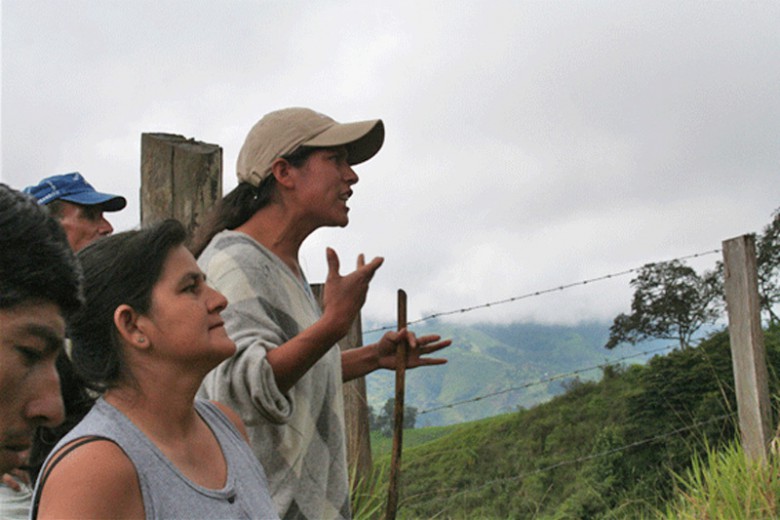
by Jennifer Moore May 5, 2010 9 min read
-
by Jillian Kestler-D’Amours May 5, 2010 4 min read
-

by Teresa Krug Mar 2, 2010 4 min read
-
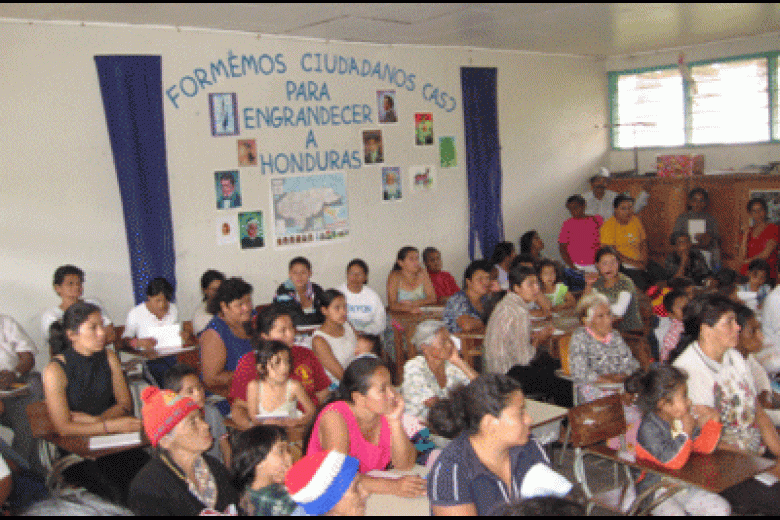
by Angela Day Mar 2, 2010 4 min read
-
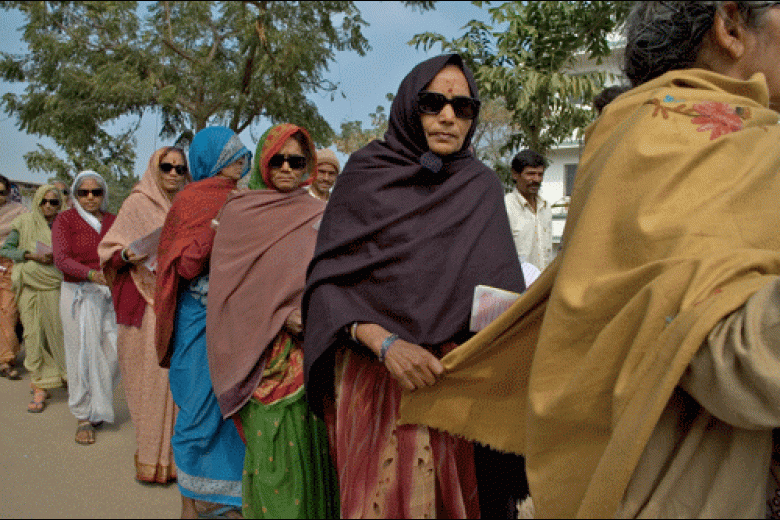
by Heather Wardle Mar 2, 2010 3 min read
-
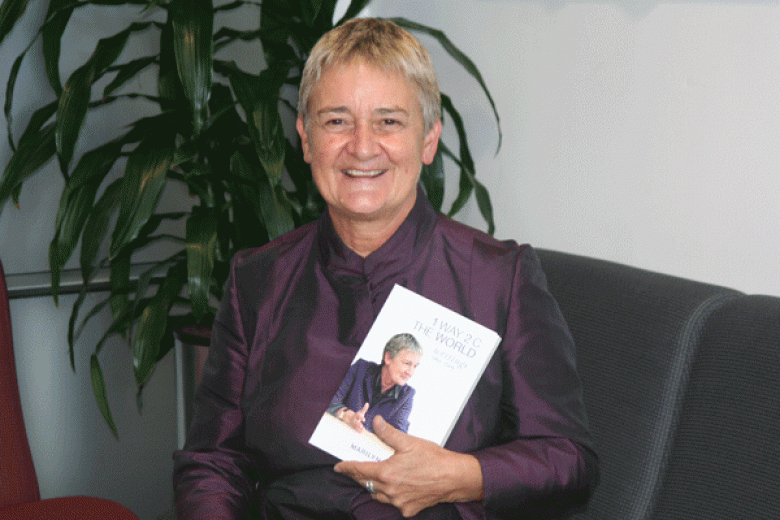
by Brittany Shoot Mar 1, 2010 6 min read
-

by Dave Oswald Mitchell Jan 6, 2010 3 min read
-

by Armine Yalnizyan Jan 5, 2010 4 min read
-
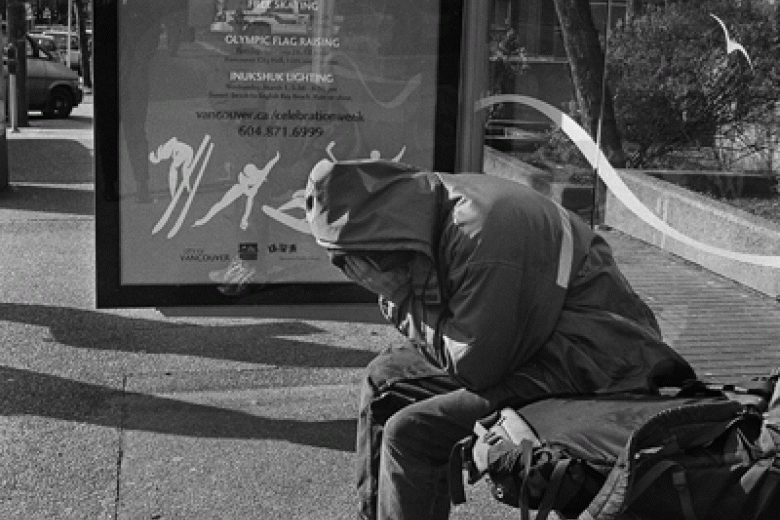
by Jenn Hardy Jan 5, 2010 4 min read
-
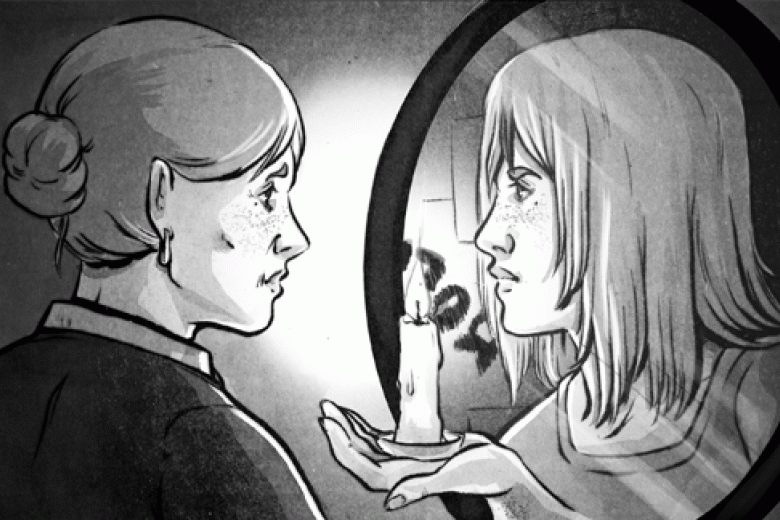
by Penelope Hutchison Jan 5, 2010 11 min read
-
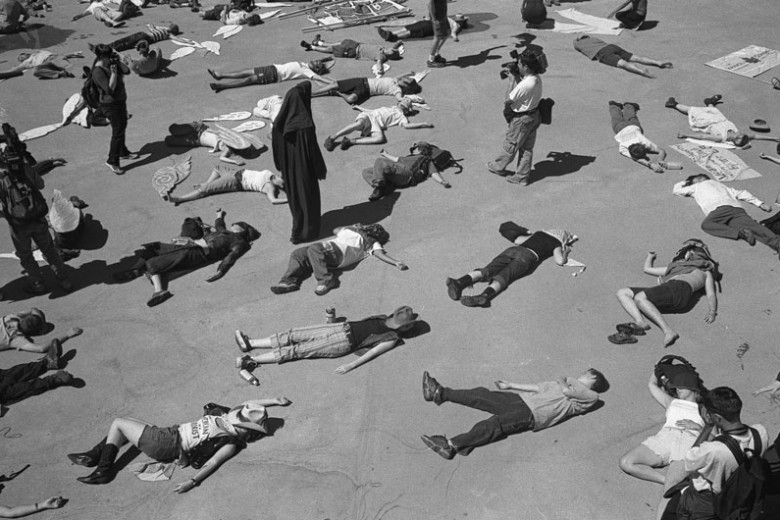
by Jane Kirby Jan 5, 2010 13 min read
-

by Mandy Van Deven Jan 5, 2010 6 min read
-
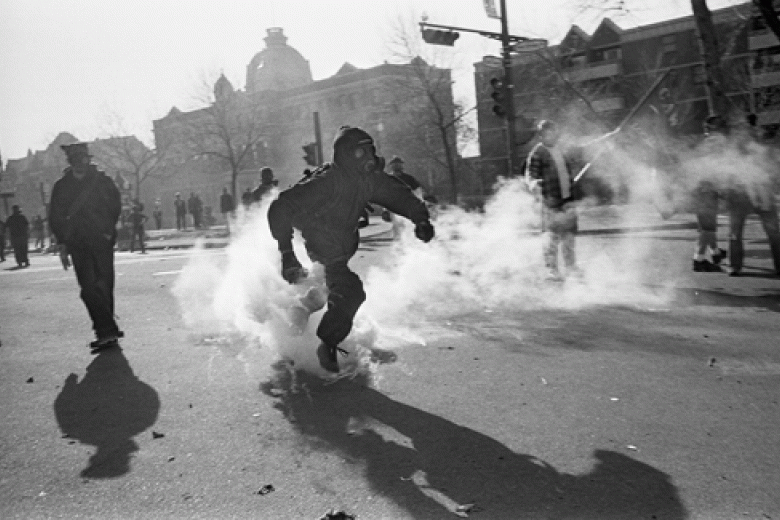
by Elaine Brière Jan 5, 2010 2 min read
-
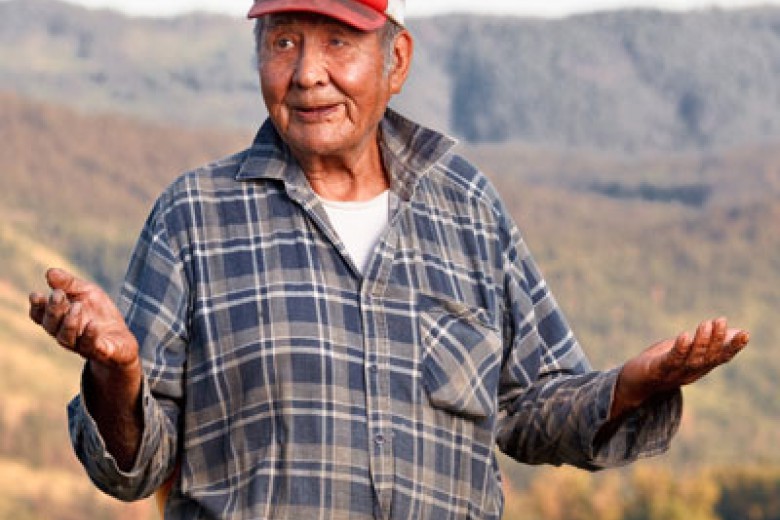
by Hannah Askew Jan 5, 2010 9 min read
-
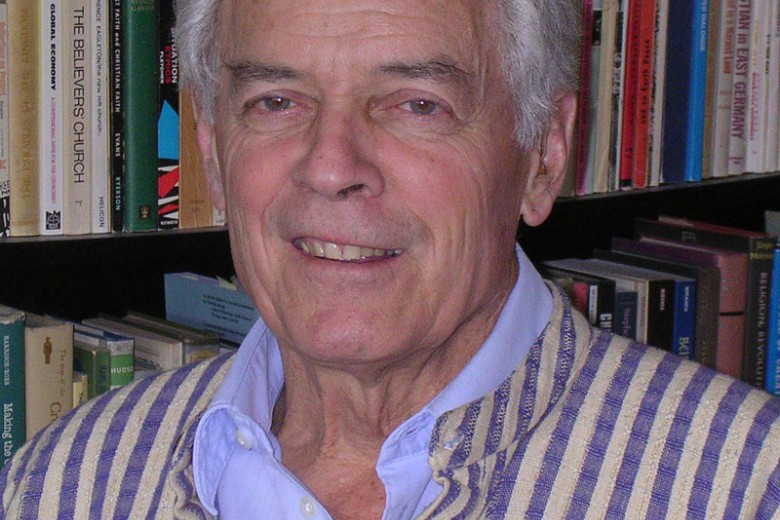
by Devlin Kuyek Jan 5, 2010 8 min read
-

by Lorne Brown Jan 1, 2010 7 min read
-
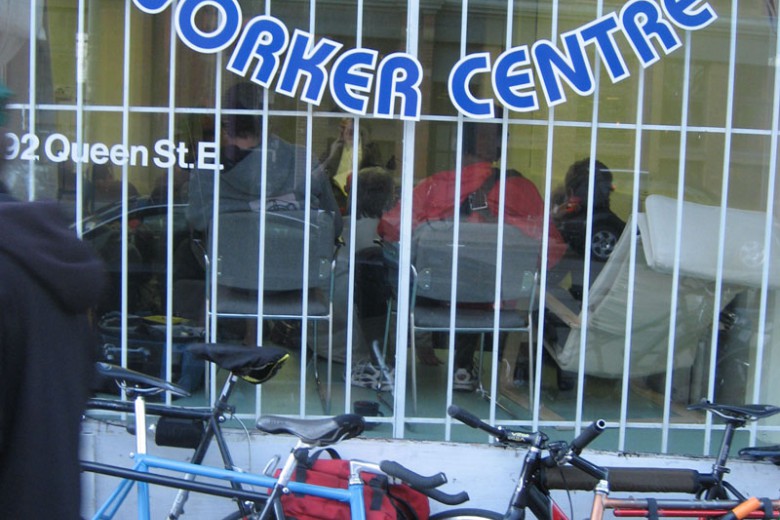
by Sarah Ryan Nov 1, 2009 6 min read
-
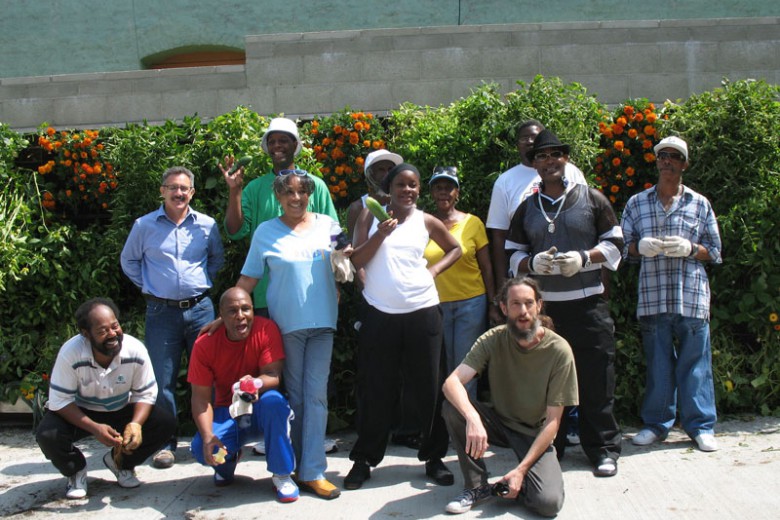
by Stephanie Dearing, Brittany Shoot, Anuradha Rao, Candace Hodder, Tim Rourke, and Dalia Levy Jul 1, 2009 18 min read
-

by Aric McBay Jan 1, 2009 11 min read
-
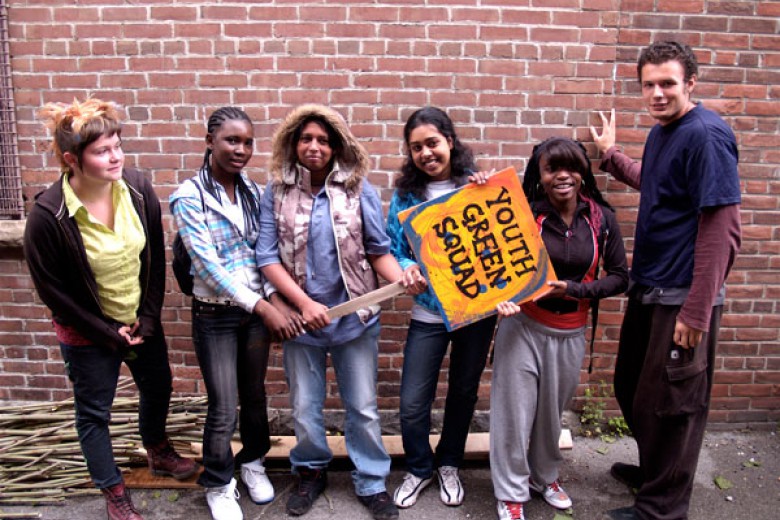
by Geeta Sehgal, Yolanda Hansen, Jon Steinman, Aruna Handa, Shayna Stock, Kaitlin Kazmierowski, Adam Perry, Charles Z. Levkoe, and Angie Koch Jan 1, 2009 23 min read





















